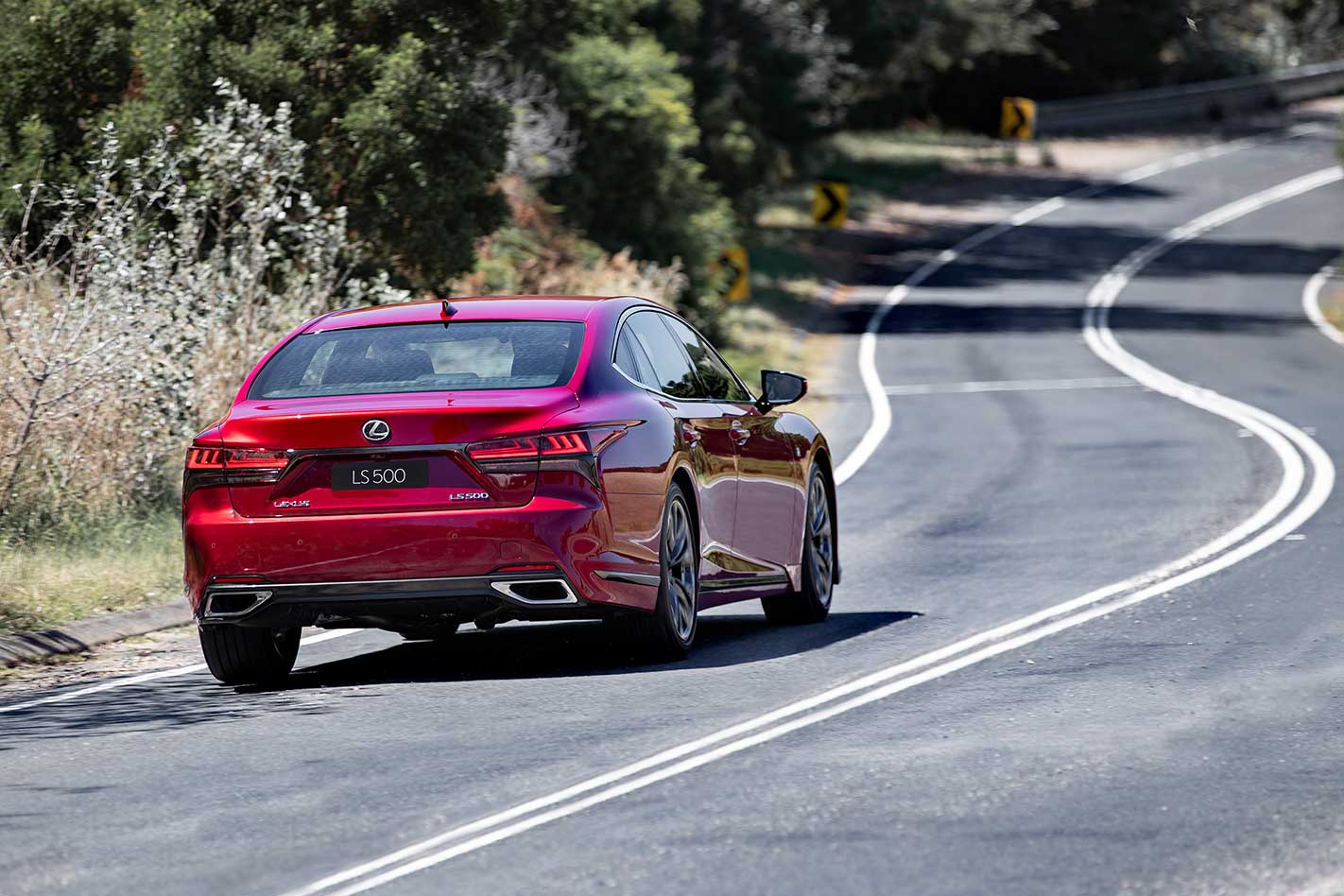




7/10
Pros: Road presence; specification level; powerful twin-turbo engine; handlingCons: ride could still be better; strange mix of talents; twin-turbo thirst; weightSpecifications
Body: 4-door, 5-seat sedan Drive: rear-wheel Engine: 3445cc V6, DOHC, 24v, twin-turbo Bore/stroke: 85.5 x 100mm Compression: 10.5:1 Power: 310kW @ 6000rpm Torque: 600Nm @ 1600-4800rpm 0-100km/h: 5.0sec (claimed) Fuel consumption: 10L/100km (combined/claimed) Weight: 2230kg Power/weight: 139kW/tonne Transmission: 10-speed automatic Suspension: multi-links, air springs, adaptive dampers, active anti-roll bars (f/r) L/W/H: 5235/1900/1450mm Wheelbase: 3125mm Tracks: 1631/1615mm Steering: electrically assisted rack-and-pinion Brakes: 400mm ventilated discs, 6-piston calipers (r); 359mm ventilated discs, 4-piston calipers (r) Wheels: 20 x (f); 20 x (r) Tyres: 245/45 R20 (f); 275/40 R20 (r) Bridgestone Turanza Price: $195,953




